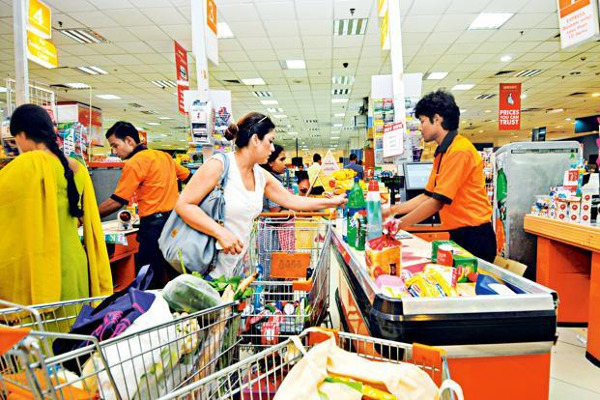In the first quarter of this fiscal year through June, customer spending on telecom services increased 16.6% year-on-year, quite apart from the Covid disruption and lack of access of offline recharges for a few weeks, with over three-fourths spent on data services, ICICI Securities said.
Consumer spending (post GST) on telecommunications services, mainly voice and data, amounted to Rs. 35,642 crore (US$ 4.80 billion) in the April-June period, resulting in a 19.8% rise in net revenue for operators to Rs. 31,070 crore (US$ 4.19 billion) on an annual basis. It was 2% down.
“The demand for telecommunications services has increased significantly due to remote working needs, amid lockdown restrictions,” said a Mumbai-based analyst. “While most of the benefit is due to last year’s tariff hike, the increase in data usage is driving up operators’ spending and revenue.”
Consumers spent Rs. 27,436 crore (US$ 3.70 billion) on data services itself, which represents 77% of overall spending, according to the report. The share of spending on data services reached a record high, almost doubling on an annual basis, while spending on voice services dropped by 60% to Rs. 6,396 crore (US$ 861.52 million).
Except voice and data, expenditure on other services was Rs. 1,810 crore (US$ 243.80 million), tripling on the year and up 16% on the quarter.
“As most voice communication has been migrating to OTT platforms, data services will continue to lead,” the analysts said.
The revenue share for companies was dominated by prepaid services at 88.6% and continued to rise while postpaid contributed 11.4%, which was decreasing.
Due to job cuts and cost-cutting by businesses, postpaid net revenue was most affected while prepaid net revenue decreased only 1% on quarter on unavailability of offline recharges but gained from the change from 2 G to 4 G, which offset some of the loss related to lockdown, the report stated.
Only 52 million of the 1.14 billion subscribers total are postpaid. At 41.8%, Vodafone Idea has the highest postpaid market share, followed by Bharti Airtel’s 28.3%, while the rest had a 29.9% share, consisting mainly of Reliance Jio and BSNL.
According to the survey, the user base for 2 G and 3 G data continued to drop and stood at 48 million and 32 million, respectively. The 4 G base stood at 646 million at the end of June.
Source:IBEF
You may also like
-
Trade Connect E-platform For Exports Is Single Window, Fast, Accessible And Transformational: Shri Piyush Goyal
-
Dot Simplifies Approval Processes For Telecom Licenses And Wireless Equipment
-
Coal Production and Supply Trends on Positive Trajectory
-
Union Minister To Release Booklets On Promotion Of Indigenous Species & Conservation Of States Fishes
-
2nd India-Japan Finance Dialogue held in Tokyo on 6th September, 2024
